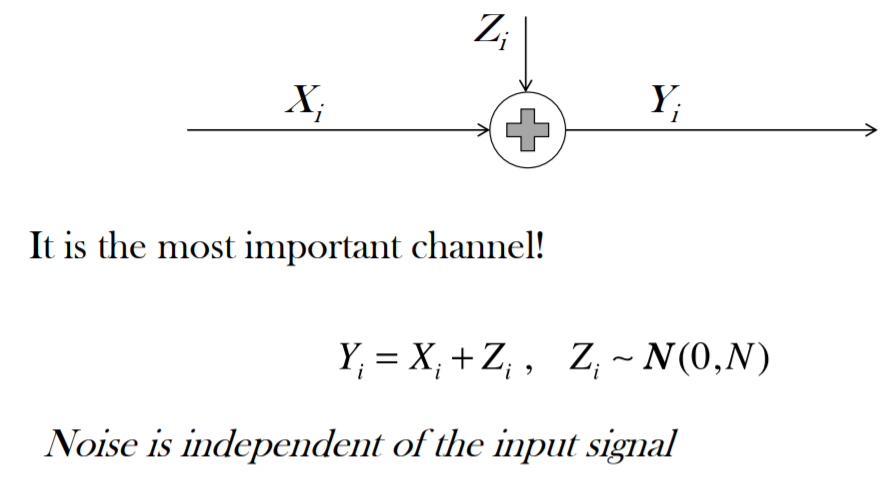Let's consider a gaussian communication channel, which is represented through this scheme:
Starting by this assumption it is possible to prove that the channel capacity is equal to 
The computation of the last one is written in these slides. Now, in these slides this situation is considered:
Now I have the following questions:
1) Why is there the filter h(t)? What does it represent? Is it a physical filter that we put in the channel (and if yes, why?) or is it used to model the fact that a channel is naturally a low pass filter?
2) Why is the signal X sampled?
3) Should X be band limited or not? And why?




